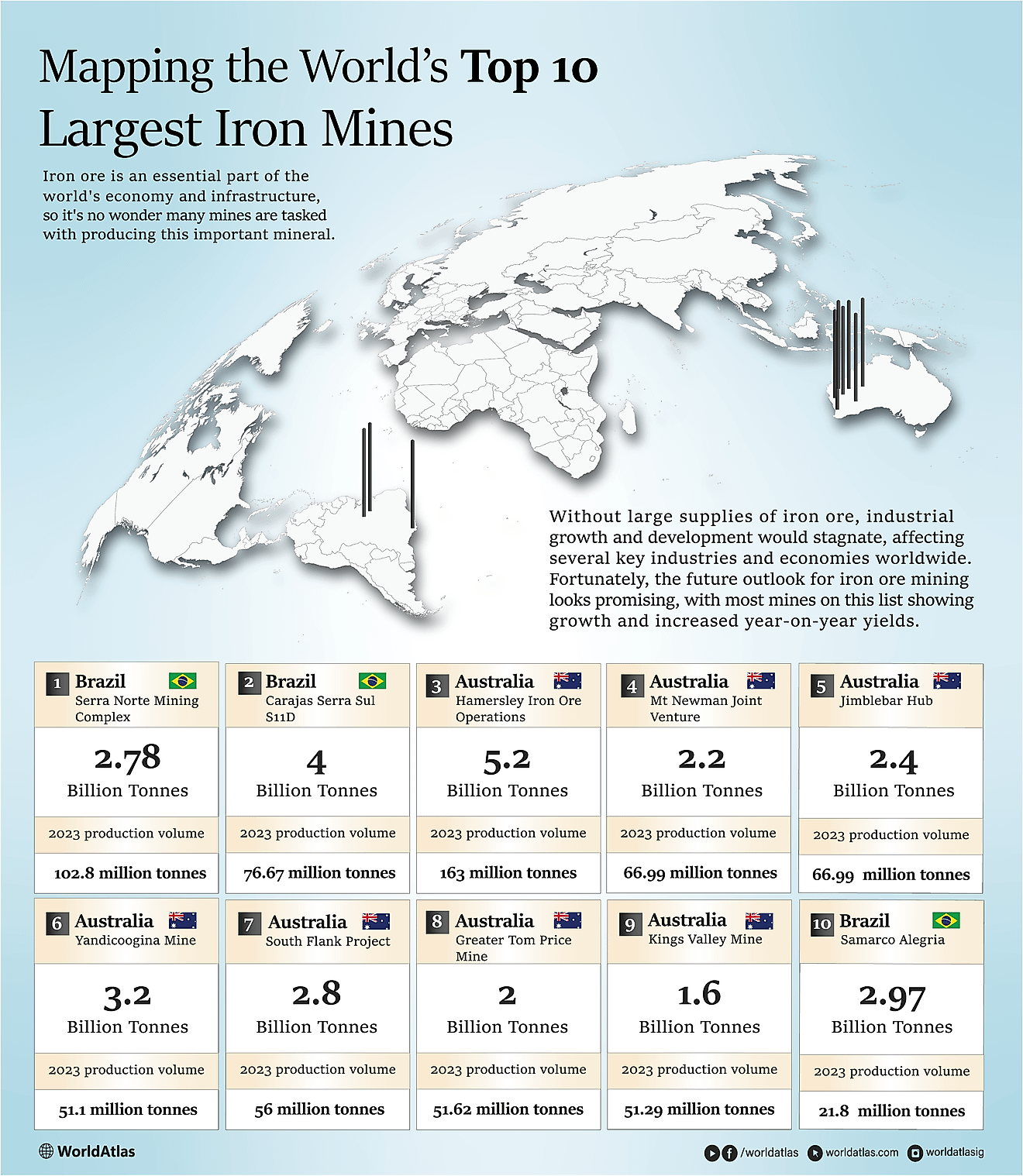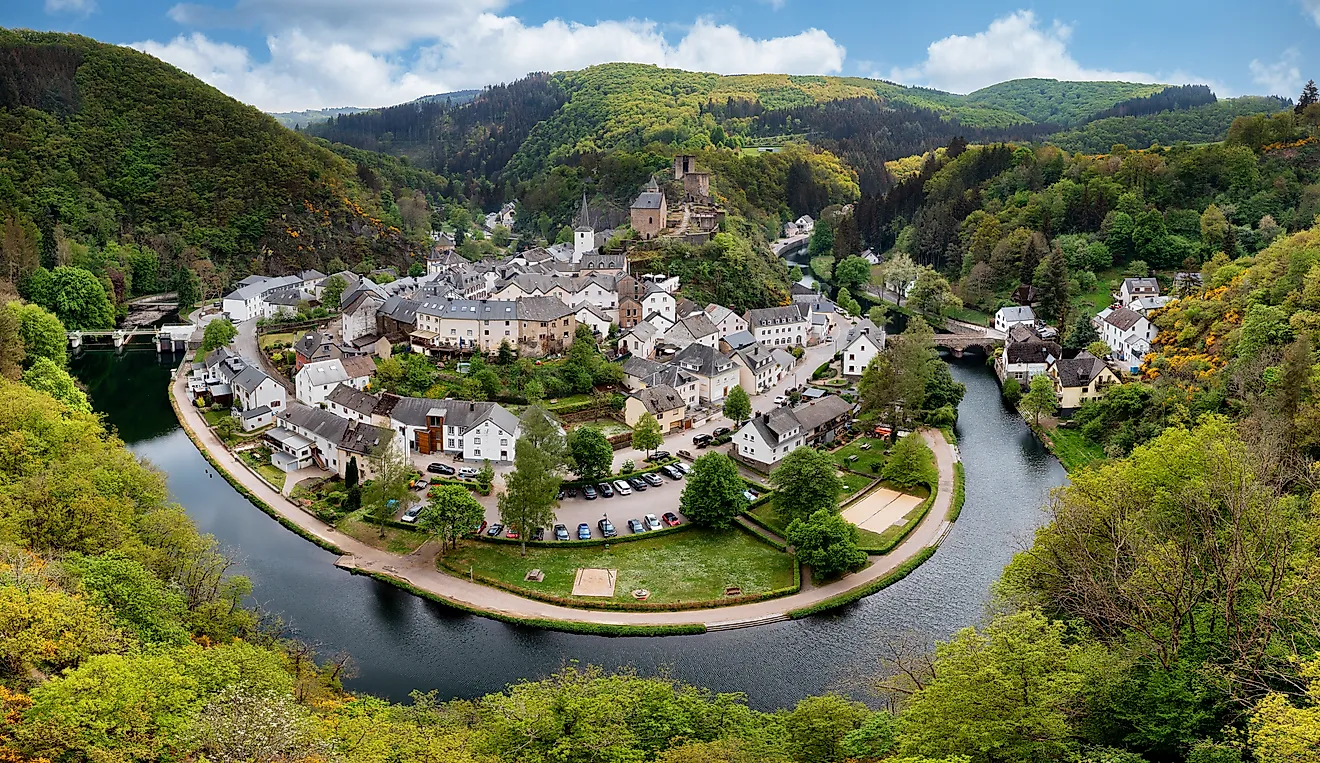Canadian Provinces By Zinc Production
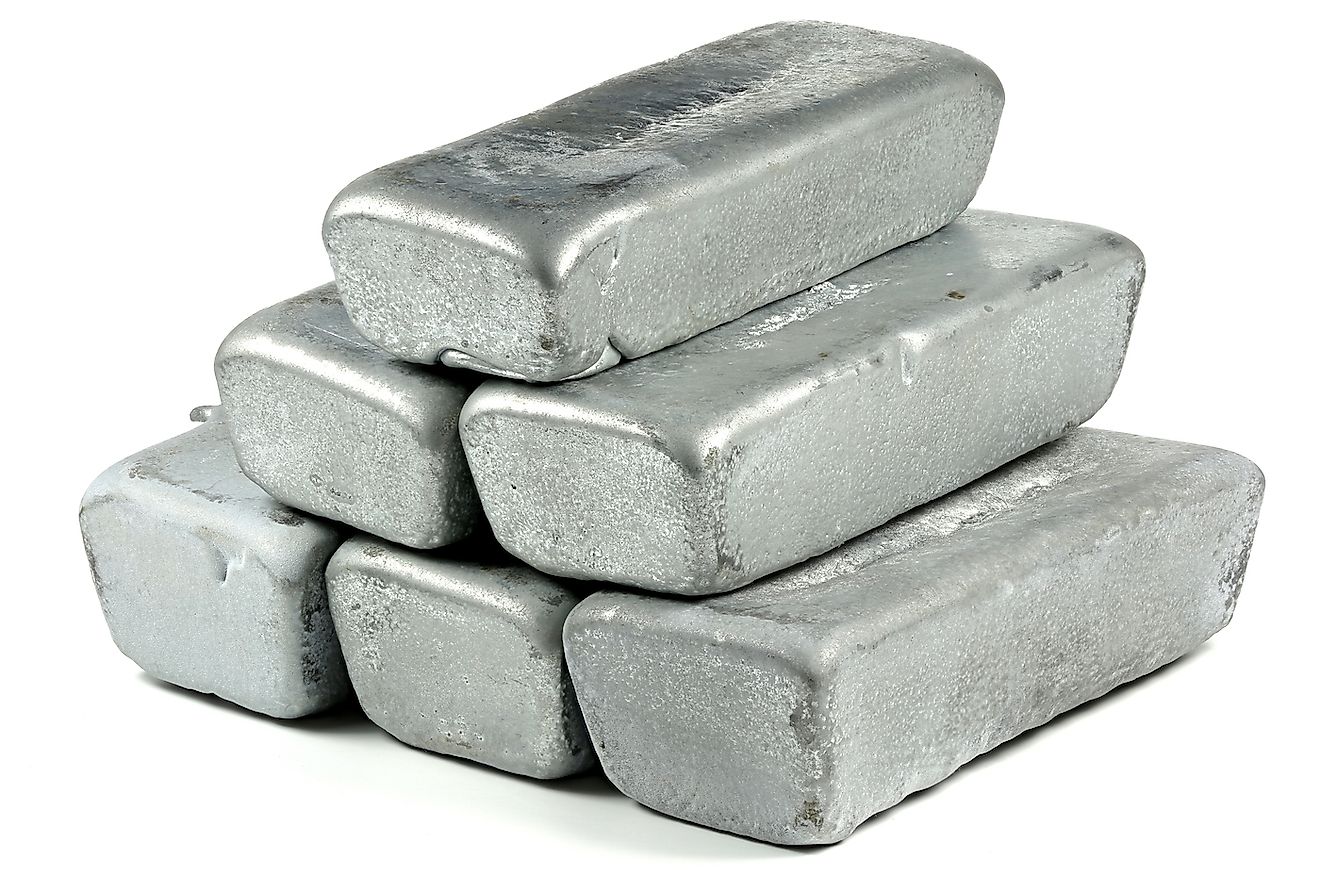
- B.C's Sullivan mine was one of the largest producers of zinc in the world.
- Glencore's Kidd operation in Timmins, Ontario is the world's deepest base-metal mine below sea level.
- New Brunswick's zinc deposits are thought to be nearly depleted.
Canada is the ninth largest miner of zinc in the world, producing just over 2% of all global zinc production. At one time, Canada was the world’s largest producer of zinc, but China leads the world in zinc mining, producing about 33% of global needs. Peru comes in second, producing around 11% of the world’s zinc. Canada is still a significant player on the scene however, and In 2018, total exports of zinc and zinc products from Canada amounted to $2.6 billion.
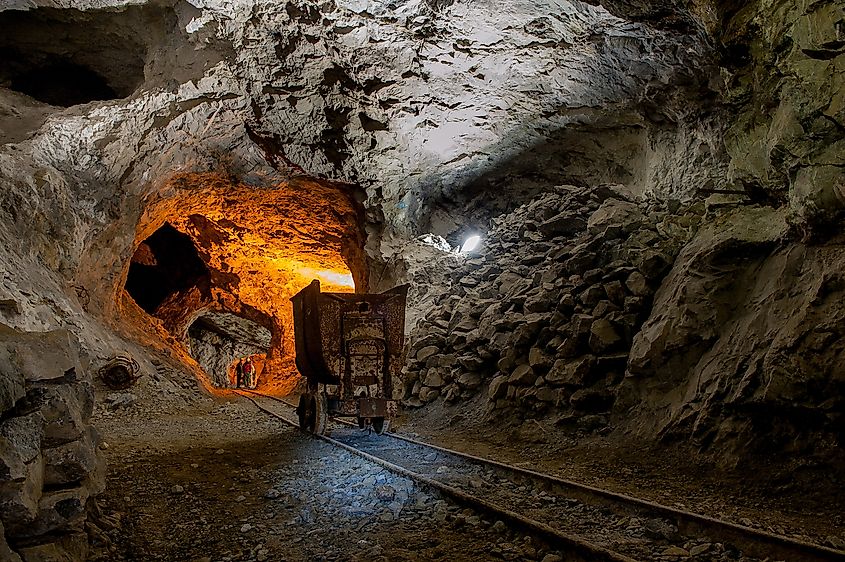
The majority of zinc mined worldwide is extracted from beneath the Earth’s surface. Less than 10% is obtained from open pit mining. In Canada, zinc is mined in the provinces of Manitoba, Quebec, Ontario, New Brunswick, and British Columbia. Mining this metal began in this nation in the 1920s, when the differential flotation method was first used to separate out zinc and lead concentrates. Various zinc mining companies operate throughout Canada, and all primary production of the metal is done using the electrolytic process, which yields zinc that is more than 99% pure.
By looking at zinc mining in each province in which it has significant existence, we can gain a better understanding of Canada’s zinc industry as a whole.
Manitoba
In 2018, zinc mining was found to be the second largest primary resource industry in Manitoba. Zinc mining garnered about $2.5 billion in production value that year, and accounted for 2.65% of the province’s nominal GDP, with 276 new wells drilled. Mining copper-zinc deposits in this province goes all the way back to 1915, with the Hudbay Minerals Inc. Flin Flon mine.
Hudbay Minerals, Calinex Mines, Royal Nickel Corp, Glencore Canada, Rockcliff Metals, Trevali Mining, Nevada Zinc, and Sendero Mining are all companies operating in Manitoba zinc mining.
Quebec
Zinc is being mined in Quebec by companies that include Glencore Canada, and Nyrstar Langlois. Some zinc mines in the province that are now no longer operational go all the way back to the 1950s, such as the Abcourt mines.
In mines that are operational, zinc is the main substance extracted, and by-products include sliver, copper, and gold. ZInc mining along with copper and nickel, comprises over 14% of mining activities in Quebec. Glencore Canada’s Bracemac-McLeod Mine in Matagami, Quebec is one example of the province’s zinc producers.
Ontario
In 2018, Ontario produced just over 23% of Canada’s zinc, with 61.8 thousand tonnes extracted. Zinc production in Ontario goes back at least 100 years, and some of the biggest companies operating in the province include Glencore, Vale Canada, and KGHM International. Glencore’s Kidd Operations mine located in Timmins, Ontario is the world’s deepest base-metal mine below sea level, operating at 9600 feet (2926m), with a shaft bottom of 9889 feet (3014m).
New Brunswick
New Brunswick is home to zinc mines including those run by Trevali and Noranda. Trevali’s Caribou mine in New Brunswick produces zinc, lead, and silver at the Bathurst mining camp operation. Many of New Brunswick’s known zinc deposits are now depleted, but according to Perspective.ca, nearly fifty companies now hold mineral claims in the province, and many of these are actively exploring their territory.
British Columbia
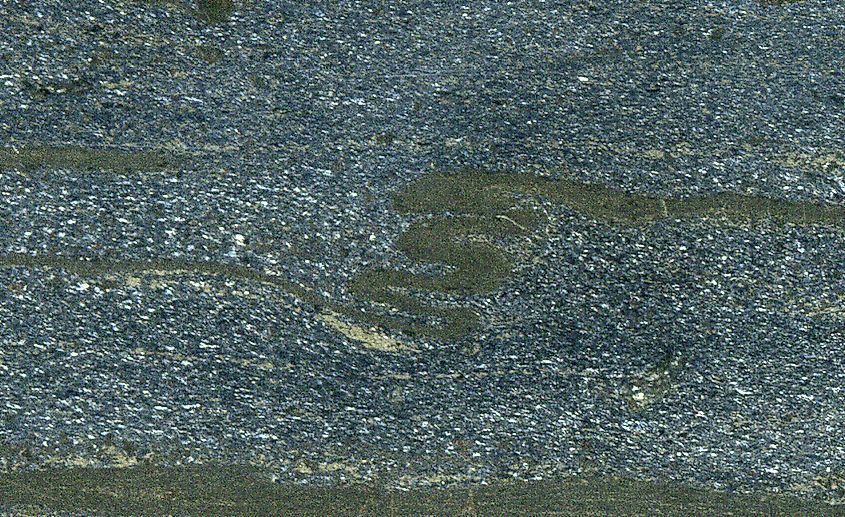
B.C’s largest producer of zinc was the Sullivan Mine, which yielded an impressive 8 million tonnes of zinc from its opening in 1909 until it closed in 2001. This mine was one of the largest producers of lead and zinc worldwide for many years, and produced over $20 billion in lead, zinc, and silver. Zinc deposits still exist in British Columbia, including SEDEX, carbonate hosted, volcanogenic massive sulphide, skarn and manto deposits, and veins, occurring in at least fourteen locations throughout the province.
Industrial Applications
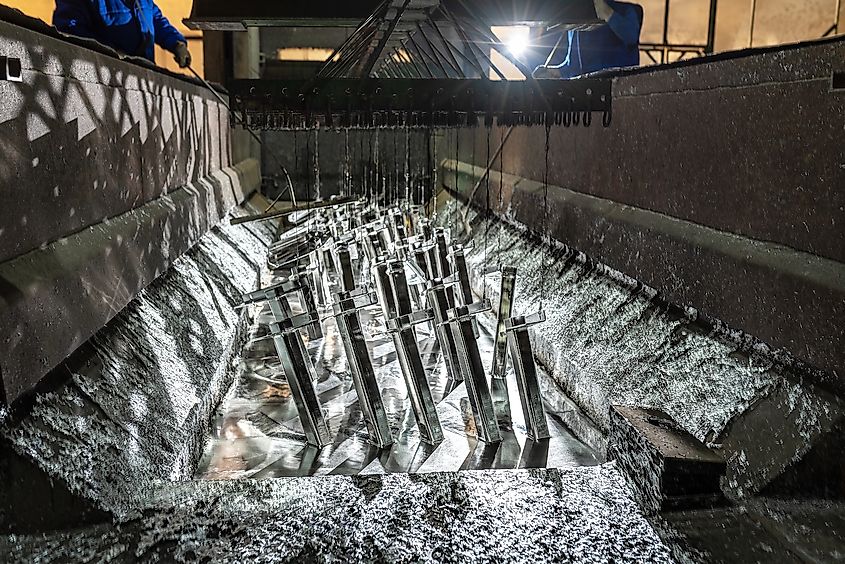
In industry, zinc is used primarily for protecting iron and steel from rusting. This process is called galvanization, and it involves coating iron or steel with a layer of zinc to safeguard the metal underneath from corrosion. Interestingly, about 25% of the global zinc demand is now met through recycled materials such as the zinc found in batteries, but mining continues as metals hold a long service life, and global demand is high as populations in countries like China modernize.
Zinc can be used on its own, or combined, (alloyed), with other metals and used to create objects. Zinc alloyed with copper makes brass which is used in plumbing and heating parts and equipment. This metal can also be combined with copper and tin to form bronze. Zinc is often used in fertilizers, as well as in the manufacturing of everything from tires to skin creams, roofing, sunscreen, batteries, paints, textiles, and TV screens. Think of a product and it could be likely that zinc was used somehow in its making.
Canadian Provinces By Zinc Production
| Rank | Province/Territory | Zinc production in metric tons |
|---|---|---|
| 1 | Manitoba | 110,831 |
| 2 | Quebec | 71,533 |
| 3 | Ontario | 67,206 |
| 4 | New Brunswick | 41,497 |
| 5 | British Columbia | 8,748 |






